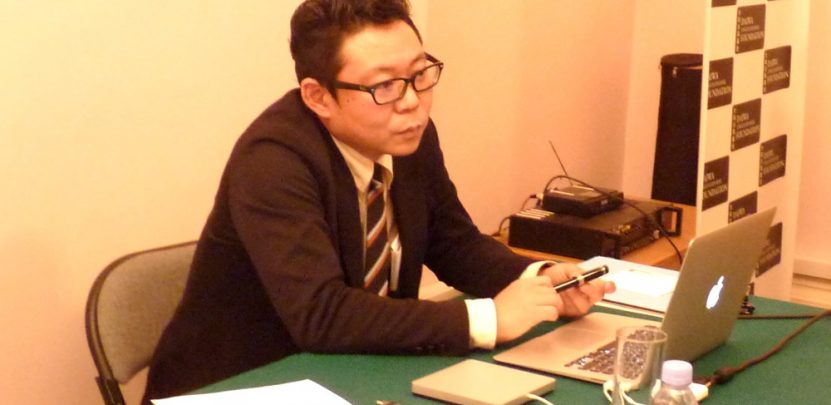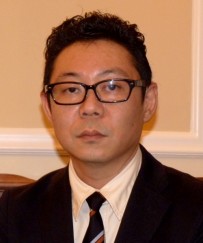 Seminar
SeminarTuesday 18 November 2014
6:00pm – 7:00pm
Surviving the Tsunami: Salvaging and Digitalising Historical Photographs
Drinks reception: 7:00pm – 8:00pm
13/14 Cornwall Terrace (Outer Circle), London NW1 4QP
Organised by the Daiwa Anglo-Japanese Foundation
The March 2011 earthquake triggered a tsunami that ravaged coastal areas, destroying buildings and sweeping more than 19,000 people out to sea. One hard-hit community was Rikuzentakata, a city in IwatePrefecture: 80 percent of homes and more than 1,500 people were lost. The city’s museums, too, were not spared: The Rikuzentakata City Museum, which held an important collection on the history, folklore and natural history of the region, was completely destroyed. Much of its collection was swept away and its entire staff was killed.
The Rikuzentakata Disaster Document Digitalization (‘RD3’) Project was established to rescue what could be salvaged of the town’s historical photographic collections. Over a period of 31 months, 80 volunteers dried, cleaned and digitalised over 65,000 highly damaged photographs that had been soaked in sea water full of mud, sand and unknown pollutants.
Disasters can happen anywhere, anytime. Keishi Mitsui, who led the project, shared lessons learned so others can plan for future disasters. Of particular interest is the project’s use of volunteers and a cloud-based system for data management and archiving, as well as the solutions found for salvaging extremely damaged photographic materials.
You can view a recording of the event here:
About the contributors

Keishi Mitsui
Keishi Mitsui served as director of the Rizukentakata Disaster Document Digitalization (“RD3”) Project, a volunteer-led project to salvage and digitalise photographic materials damaged in the 2011 earthquake and tsunami in northern Japan. Since 2002, Mitsui has been a curator at the Tokyo Metropolitan Museum of Photography, where he is charge of the 19th century photographic collection. In 2010-2011, he worked with the J. Paul Getty Museum in Los Angeles to bring a retrospective on Felice Beato to Tokyo. Most recently, he organized the first large-scale retrospective on Shimooka Renjo, one of the first Japanese commercial photographers. Keishi teaches the history of photography at two universities in Japan, and is visiting the UK on a grant from the Japan Association of Art Museums to study how early photographs are conserved in British museums and institutions. He welcomes contact with fellow conservators and curators.